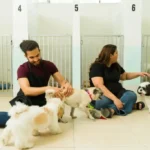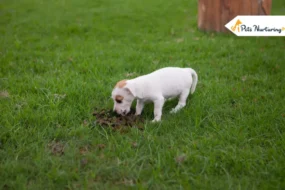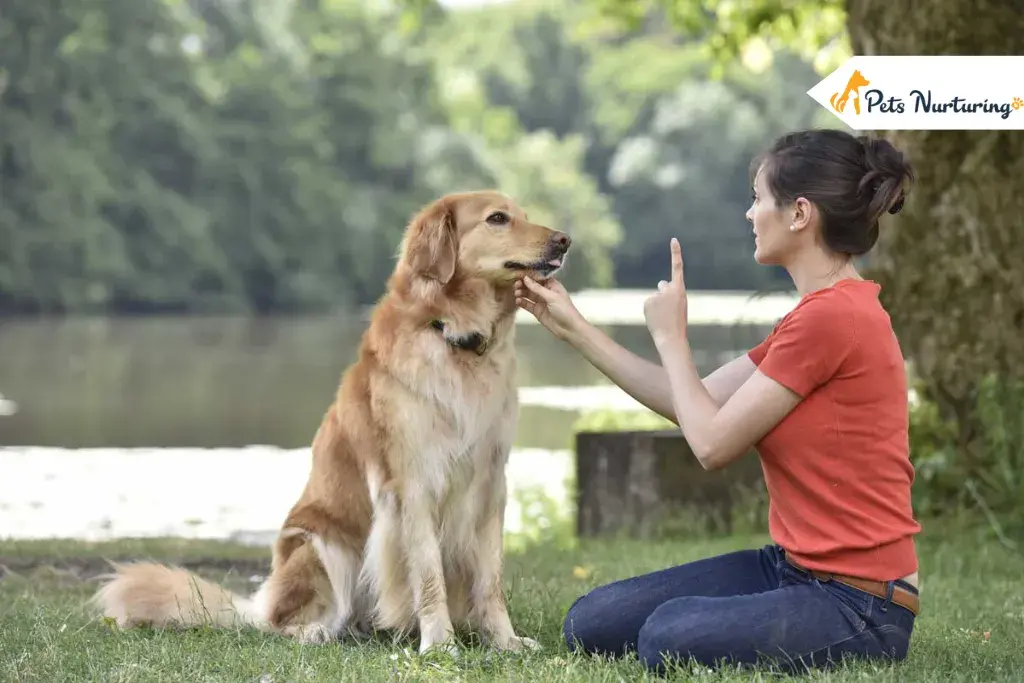
What should you not do when training a puppy? New dog owners are always excited to train their dogs as soon as they bring them home. There’s nothing really wrong with that. However, this “excitement” can sometimes lead to unsuccessful training that can only cause frustration and eventual abandonment of the activity altogether. In the end, this can lead to a poor bond between you and your pup.
In this article, we’ll help you get into the nitty-gritty of dog training, including what not to do when training a puppy. We hope that with the information you get, you’ll be able to establish a unique relationship with your pup.
Here are some things that you might be doing that can lead to failed dog training:
Inconsistent Training
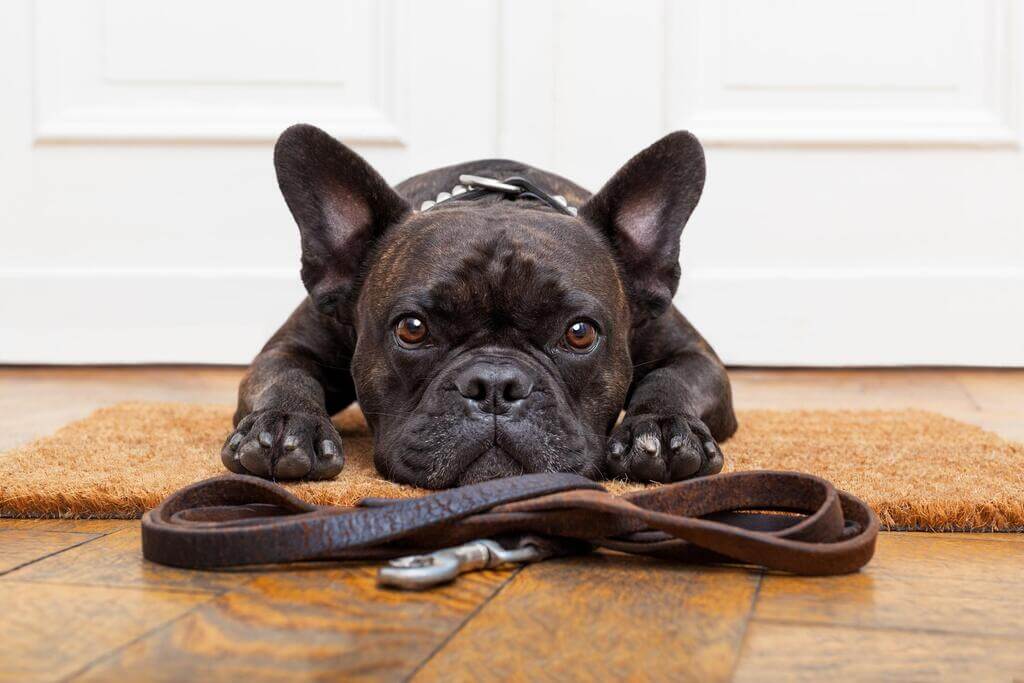
You may think that dog training ends once you make your puppy follow your commands. However, without consistent training and follow-through, most pups would forget their training, especially when they get distracted. When training your pup, don’t forget to prove their behavior by repeating the lessons in different locations and situations.
You have to ensure that they will know how to respond regardless of the setting. Train your pup with the same command while at home or when you are out on your daily walk.
It’s also important to gradually introduce distractions to reinforce the action no matter the situation.
Remember, not all dogs are alike. Some will have a more generalized learning approach, while others follow commands literally. Some dogs are easily trainable while others are not as much. Some Top Exotic Dog Breeds require careful training, as they were bred for specific tasks.
Prolonged Training Sessions
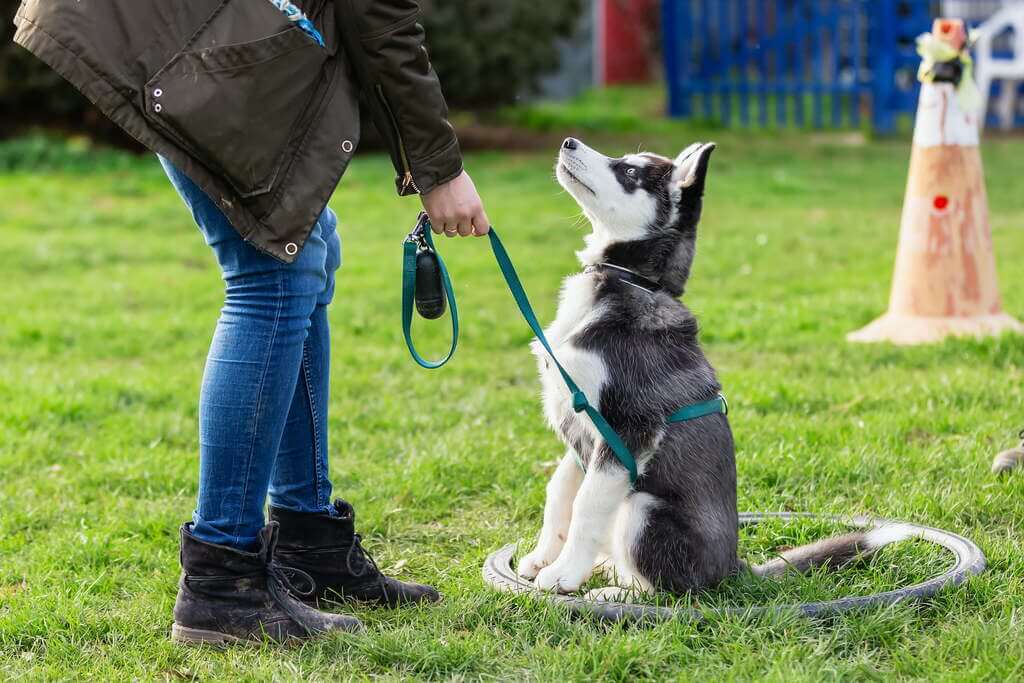
One of the most common mistakes newbie dog owners make is trying to get their pups to learn everything in one go. Due to this, they often stretch out their training sessions to get the most out of them. However, this is actually counter-productive.
Dog trainers recommend considering the Three Ds while training—distance (between you and your dog), distraction (the lesser, the better), and duration (not exceeding 20 minutes).
Dogs can get exhausted, too. When they get frustrated, it’s harder for them to process information. The next time you train them, you’ll notice that they will not be as cooperative because they would already associate the activity with something unpleasant.
So, how long should dog training sessions be?
Ideally, trainers suggest sessions be within 15 to 20 minutes at the most. This is the usual attention span of most dogs. When training your dogs, keep the sessions short but meaningful. Give them breaks in between to allow them to process the new information.
Repeating Commands
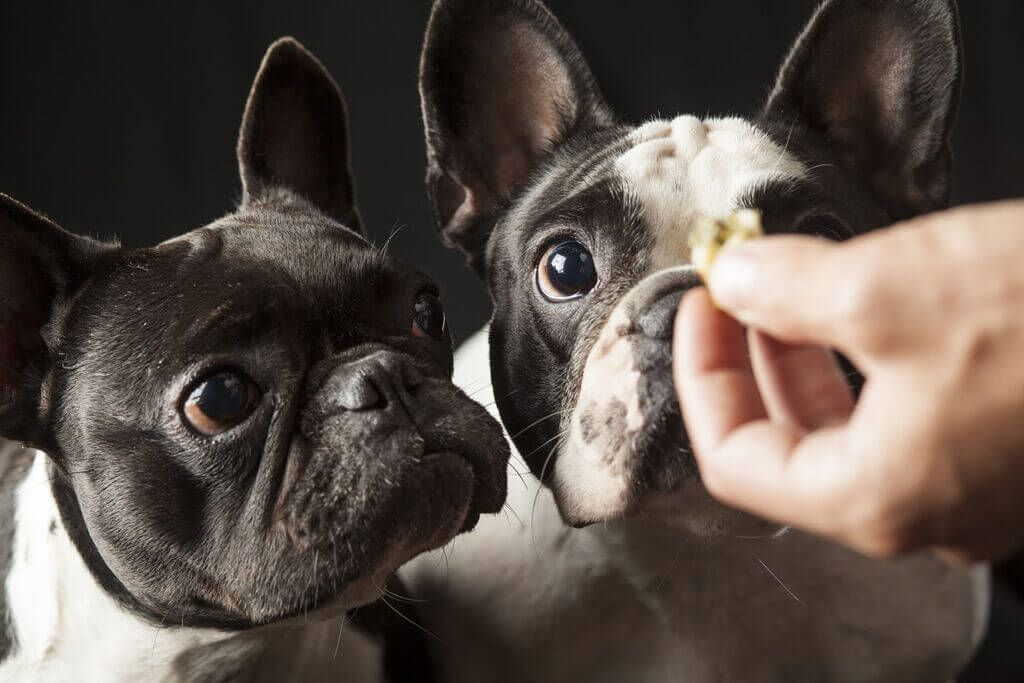
Are you guilty of repeating commands like “sit,” “come,” or “shake” more than once when they fail to do it the first time you say it? Then, you are not alone. Most dog owners liken training to teaching a small kid. They believe that repeating the cue can make their dog understand what they’re trying to teach them.
The problem with this practice is it teaches your dog to respond to your command after you’ve said it several times. Some dogs may fail to respond because they are distracted or are still processing the order. Give them time or get their attention first by making noises or encouraging them into a game. Here you can also read about how to buy socks for your dog.
Poor Timing of Rewards and Treats
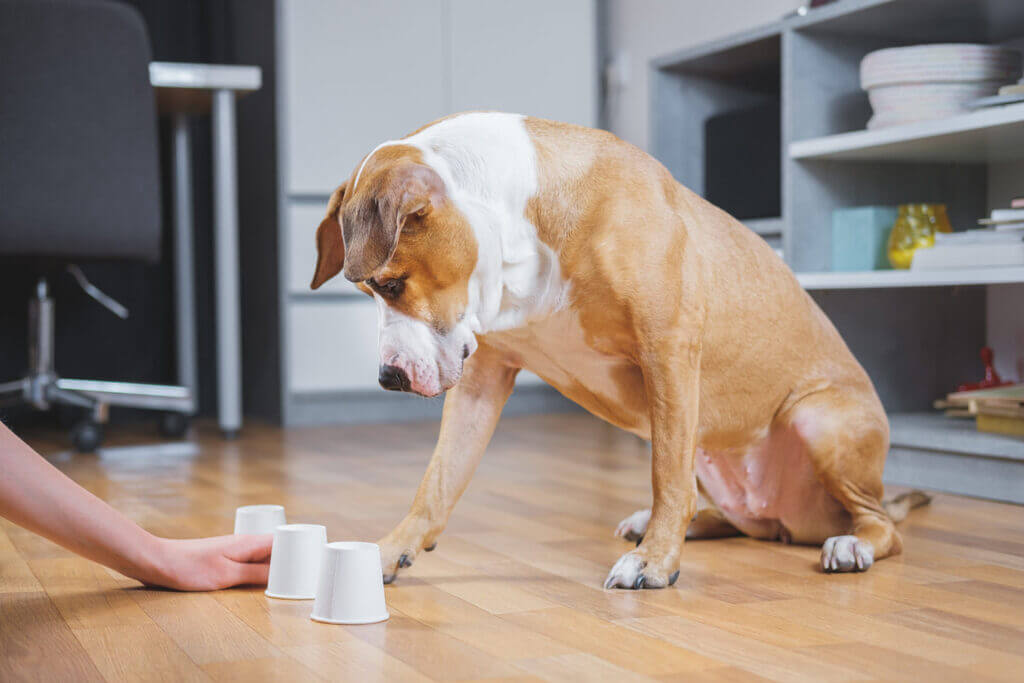
Pick treats that your dog loves—not just any treat—while training. Your dog’s preferred treat will motivate them better and produce the best results. Keep the treat close to your body so that you can reward them immediately.
What should you never do when training a dog? Giving praise and treats at the wrong time. Imagine this. You ask your dog to come, and by the time you give praise, they are already jumping at your face. Since you rewarded them while they were jumping at you, they’ll make that association. Dogs can quickly get confused, so it’s best to reward the most appropriate behavior you want to enforce.
One of the best ways to resolve this mistake is by using a marker word or a training tool like a clicker at the actual moment that the dog obeys your command. This will help them associate the reward with the behavior.
Hitting Dogs For Discipline
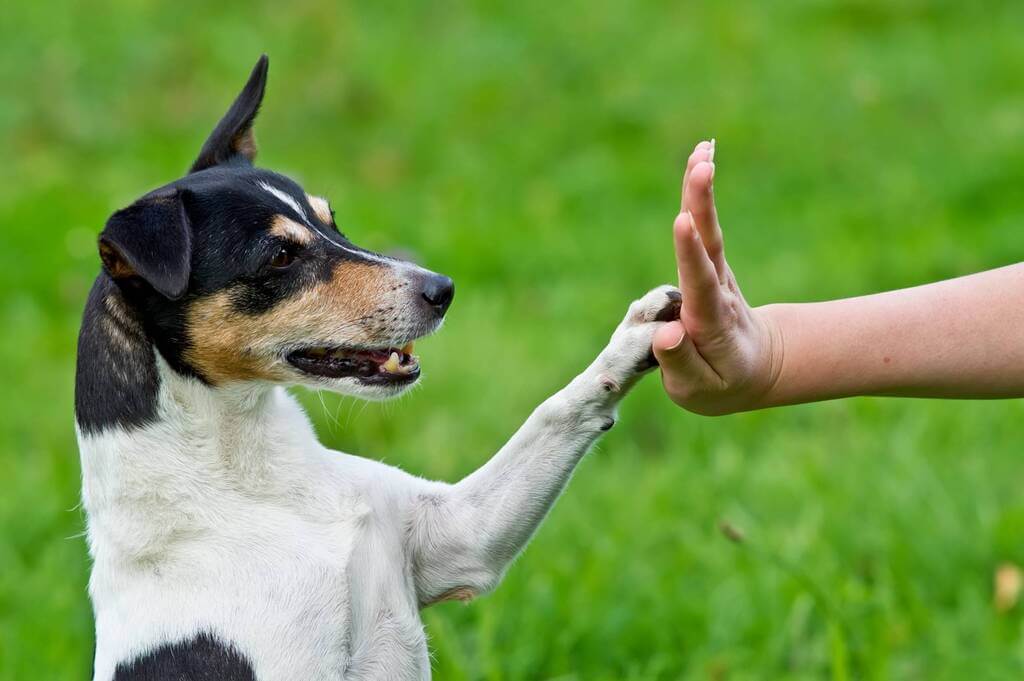
It is not advisable to punish dogs with hitting when they don’t perform as expected during a training session. Research shows that aversive training methods can affect the dog’s overall welfare.
Do you know why you shouldn’t hit your dog for discipline? It’s because dogs learn best through positive reinforcement. Hitting, yelling, or grabbing them will only make them evasive, fearful, and even aggressive. For dogs who may need a harsher method of discipline, some dog trainers advise using mild aversive techniques such as spraying water and leash pulling instead. Still, it should be done minimally whenever possible.
While you may think that you should assert your dominance, the best way to make your pup follow you is to earn their respect. Consider training sessions as a time when you can bond with your dog.
Frustrated Training

What should you not do when training a puppy? Some dog owners make the mistake of training their dogs for training’s sake. This is especially true when they try to follow a strict training schedule. They want to get the training done without considering their emotional state. When your emotions are high, you’re most likely to be short-tempered. That’s why it’s much better never to train your dog when you’re frustrated. Doing so will only make your training sessions a failure.
Others will think they will feel better once they train their pup. Try to avoid training. It would be better just to walk your dog to help you calm down. Playing fetch or cuddling with them can also help release tension.
Final Thoughts
So what should you not do when training a puppy? We are pretty sure you know what to avoid by now.
Owning a dog comes with many responsibilities. Training them is an essential part of it, and it’s important that you not make grave mistakes. Once you notice that you’re making them, try to be more aware and resolve not to do it again.
The success of dog training lies in getting to know your dog on a deeper level. Notice when your puppy is most receptive to your commands and work your training around that time. Feel their pulse on the positive reinforcements that work best for them for an enjoyable training experience.
For additional insights :







